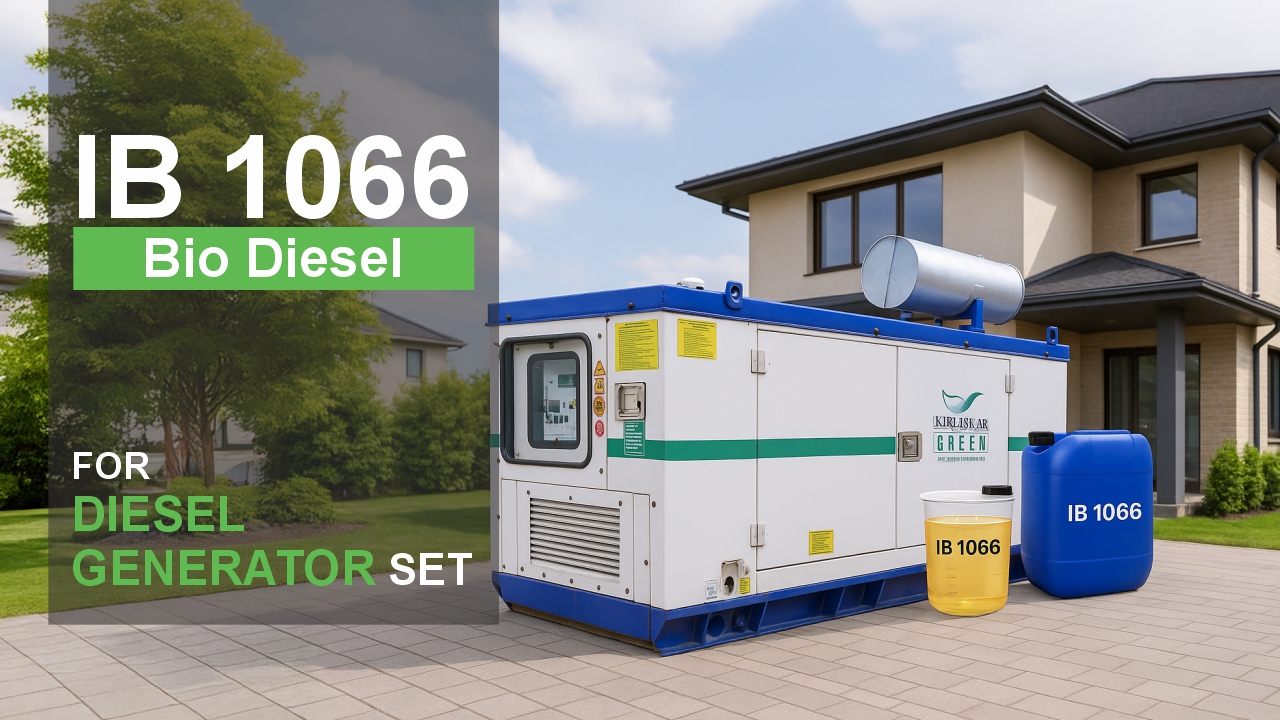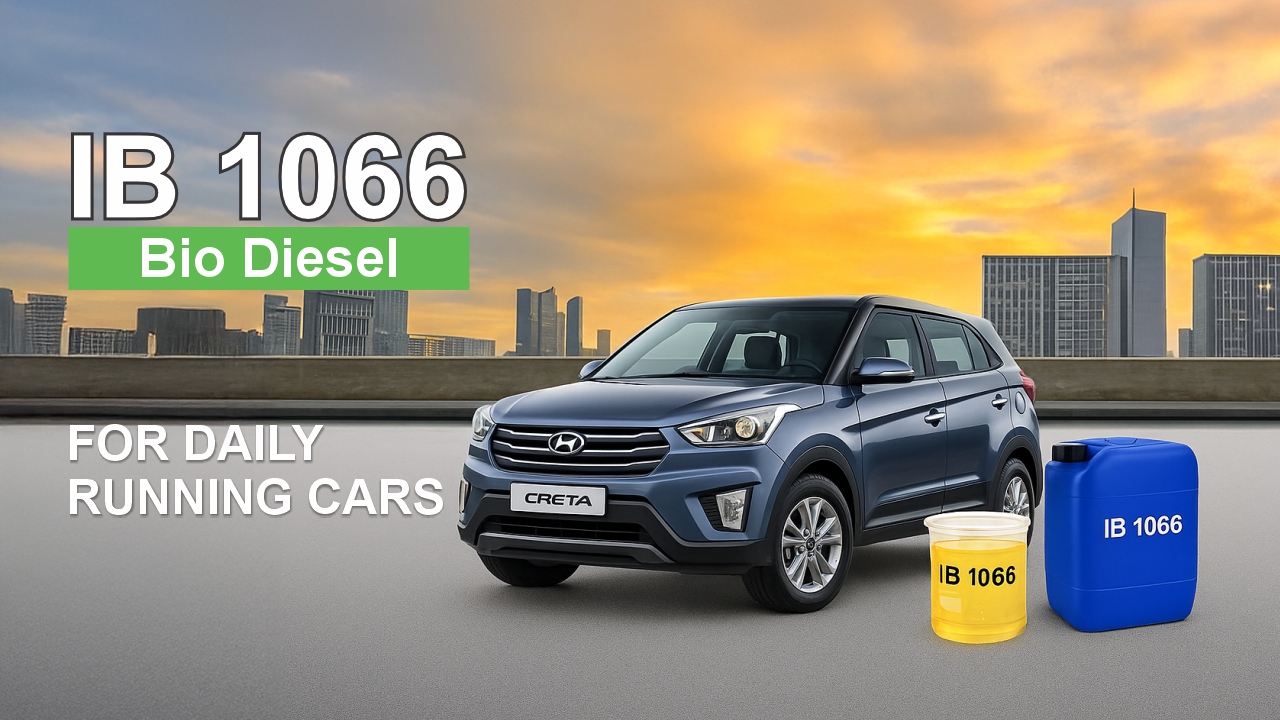


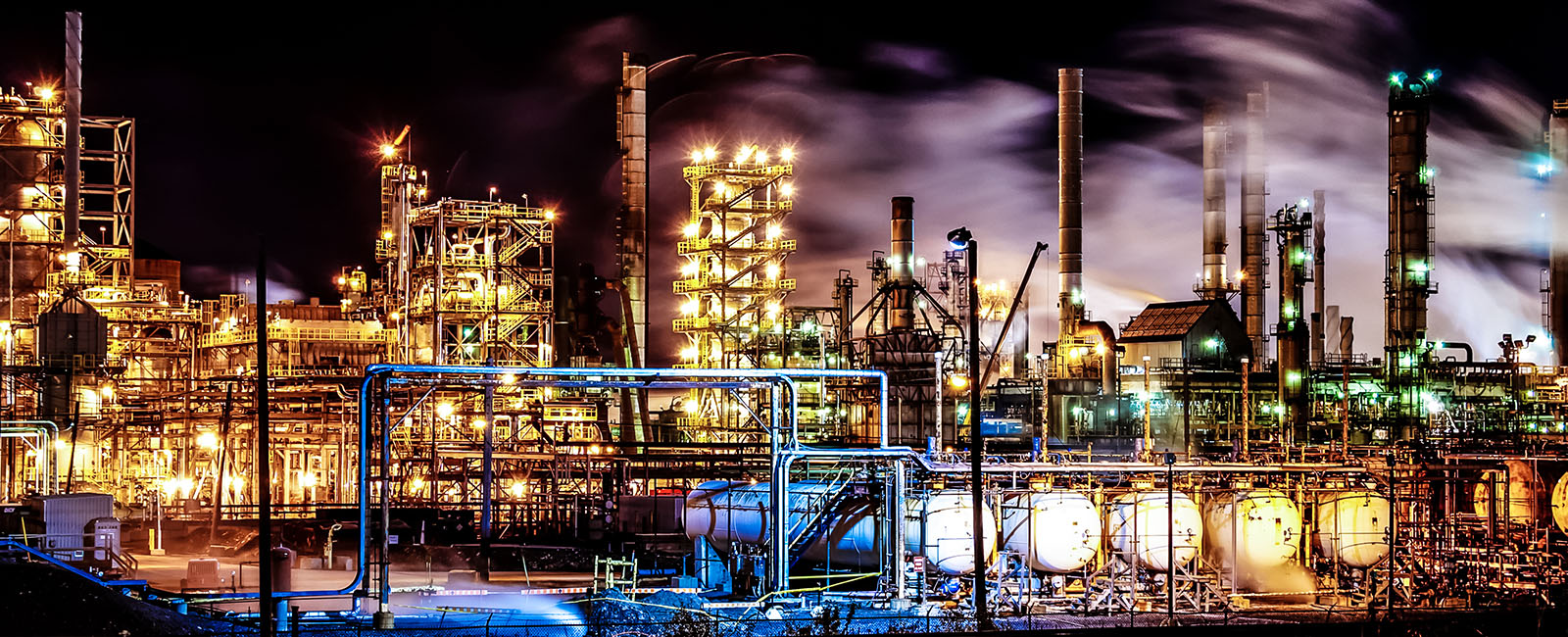
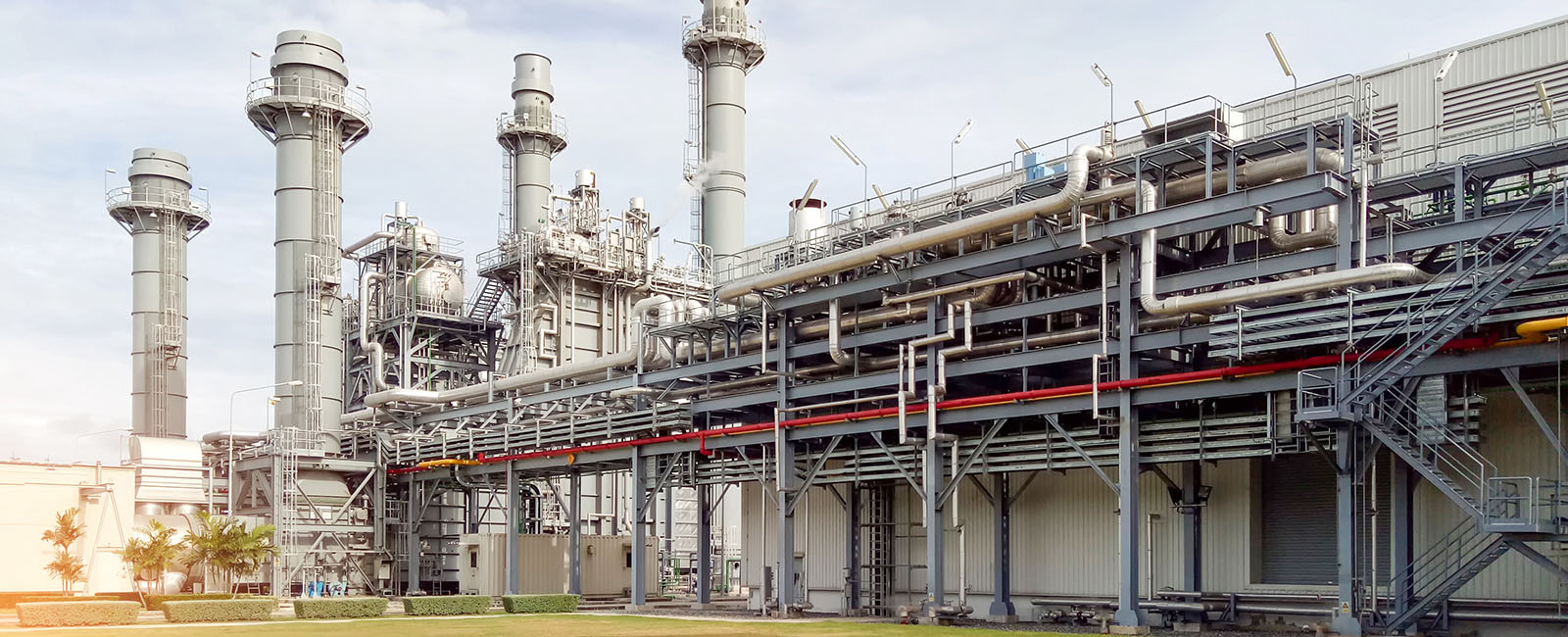
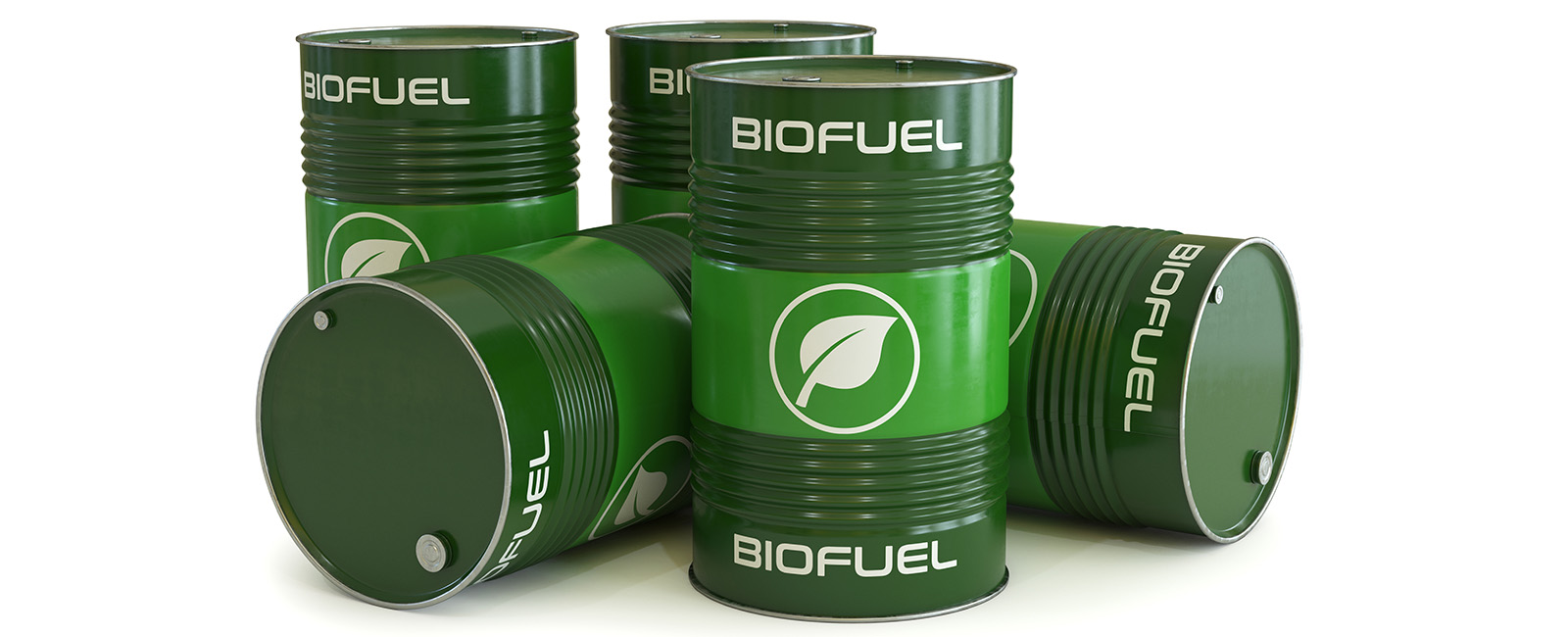
Limiting SO2 Emissions
Biodiesel
Biodiesel is a liquid fuel produced from renewable sources, such as new and used vegetable oils and animal fats and is a cleaner-burning replacement for petroleum-based diesel fuel. Biodiesel is nontoxic and biodegradable and is produced by combining alcohol with vegetable oil, animal fat, or recycled cooking grease.
Like petroleum-derived diesel, biodiesel is used to fuel compression-ignition (diesel) engines. Biodiesel can be blended with petroleum diesel in any percentage, including B100 (pure biodiesel) and, the most common blend, B20 (a blend containing 20% biodiesel and 80% petroleum diesel).
Renewable hydrocarbon 'Drop-in' fuels
Petroleum fuels, such as gasoline, diesel, and jet fuel, contain a complex mixture of hydrocarbons (molecules of hydrogen and carbon), which are burned to produce energy. Hydrocarbons can also be produced from biomass sources through a variety of biological and thermochemical processes. Biomass-based renewable hydrocarbon fuels are nearly identical to the petroleum-based fuels they are designed to replace—so they’re compatible with today’s engines, pumps, and other infrastructure.
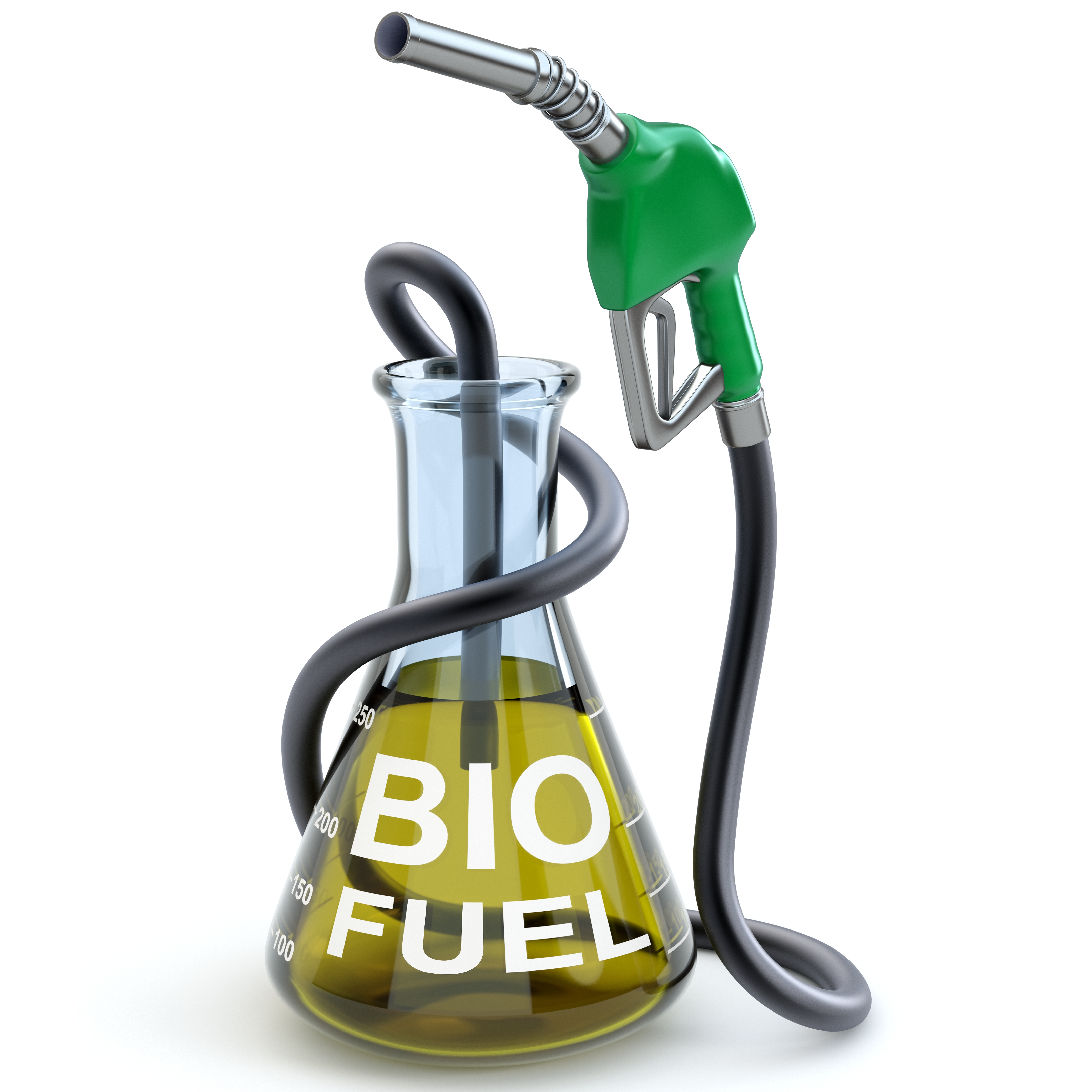
BioDiesel fuel Basics
Biodiesel is a renewable, biodegradable fuel manufactured domestically from vegetable oils, animal fats, or recycled restaurant grease. Biodiesel meets both the biomass-based diesel and overall advanced biofuel requirement of the Renewable Fuel Standard. Renewable diesel, also called “green diesel,” is distinct from biodiesel.
Biodiesel is a liquid fuel often referred to as B100 or neat biodiesel in its pure, unblended form. Like petroleum diesel, biodiesel is used to fuel compression-ignition engines. See the table for biodiesel’s physical characteristics.
Biodiesel performance in cold weather depends on the blend of biodiesel, the feedstock, and the petroleum diesel characteristics. In general, blends with smaller percentages of biodiesel perform better in cold temperatures. Typically, regular No. 2 diesel and B5 perform about the same in cold weather. Both biodiesel and No. 2 diesel have some compounds that crystallize in very cold temperatures. In winter weather, fuel blenders and suppliers combat crystallization by adding a cold flow improver. For the best cold weather performance, users should work with their fuel provider to ensure the blend is appropriate.
Request a Quote
We would love to hear from you. Please fill out the form below.

